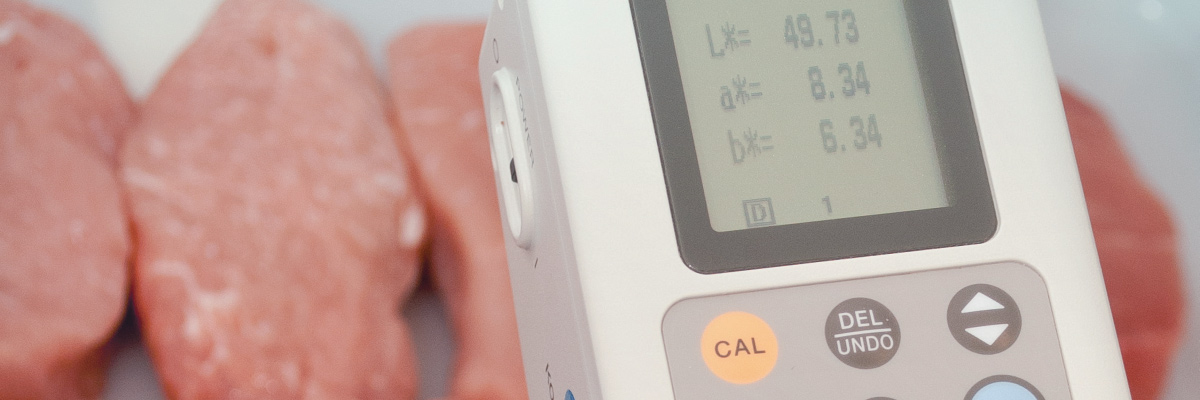
Academic and industry collaboration research focused on measuring meat colour, moisture content, tenderness, and sensory acceptability.
Current Projects
Estimating eating quality of beef using visible and near infrared light
Current research is establishing algorithms for using visible and near infrared light to predict the amount of fat in and the tenderness of beef.
Identification of gene markers for improved pork and beef quality
Sequencing of the swine and bovine genomes has allowed us to identify gene markers related to superior pork and beef quality. This will allow selection of animals for improved pork colour, tenderness, flavour and juiciness, and selection against cattle that are prone to dark cutting.
Reducing the contribution of connective tissue to beef toughness
Understanding how genetics, animal growth rate and growth promotants used in animal production affect the toughness of connective tissue in muscle will enable animal producers to manage toughness of meat on the farm through appropriate production strategies.
- Over 700 SQFt
- Change room and showers available.
- Access to walk-in freezer and cooler.
Agri-food Discovery Place would like to have you as a client. For us at AFDP to better serve you please fill out this application form.
Once the form is filled out and submitted it will be review and a staff member of AFDP will contact you to either get more information or to setup a start date.
If the application is an urgent matter, or if you are looking for a tour, please contact Ross Lowe
